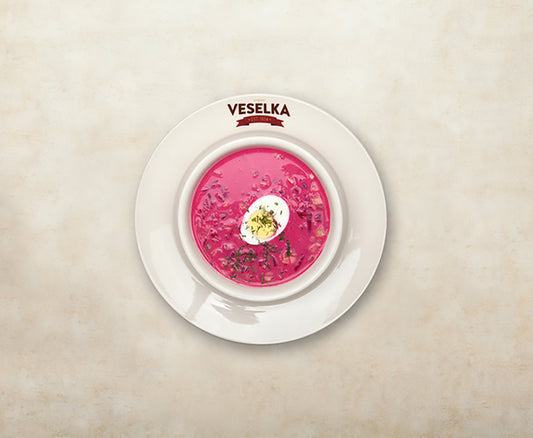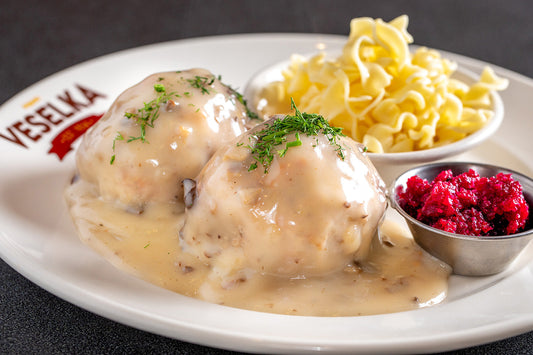Piroshki vs pierogi— two beloved delicacies that have delighted generations across Eastern Europe and beyond. While they share some similarities in pronunciation, they differ significantly in preparation, fillings, and cultural significance. Understanding their distinctions will deepen your appreciation for these rich culinary traditions.
What Are Piroshki and Pierogi?
While both piroshki and pierogi hold a special place in Eastern European cuisine, their unique characteristics and cultural significance set them apart. Let’s take a closer look at each:
1. What Are Pierogi?
Pierogi, also called Varenyky, are traditional dumplings from Central and Eastern Europe, especially beloved in Ukraine. These delectable pockets of dough are filled with a wide variety of savory or sweet ingredients. Savory pierogi often feature fillings like mashed potatoes, cheese, braised beef, or sauerkraut with mushrooms, while sweet varieties might include berries such as strawberries or cherries. They are a staple in Ukrainian homes, particularly during Christmas and Easter.
2. What Are Piroshki?
Piroshki, also called pirozhki, are hand-held pastries cherished across Eastern Europe. Made from soft, yeast-leavened dough, they can be baked or fried to perfection. Piroshki are filled with a variety of ingredients, offering both savory and sweet options. Traditional fillings include ground meat, mushrooms, mashed potatoes, or cabbage for a hearty treat, while sweet versions can feature fruits, jam, or tvorog, a creamy farmer’s cheese.
These pastries are hand-sized, making them ideal snacks or meal complements, and are especially favored as street food. The name "piroshki" means "pie," with "pirozhok" referring to their smaller size. Beloved for their versatility, piroshki have been adapted to suit regional flavors, making them a cherished dish in many cultures. While their origins tie them to Eastern European cuisine, their universal appeal transcends borders.
9 Key Differences Between Piroshki vs Pierogi
Here's a detailed comparison table highlighting the key differences between piroshki vs pierogi based on the gathered information:
| Feature | Piroshki | Pierogi |
|---|---|---|
| Origin and Cultural Background | Popular in almost all Eastern European countries. | Central and Eastern European origin, particularly beloved in Ukrainian cuisines. |
| Shape and Size | Typically oval or round. | A half-moon shape, sized to fit in the palm of a hand. |
| Dough Type | Piroshki often use yeast dough for a more delicate texture, which can be soft or slightly dense. |
Veselka’s pierogi dough is made with wheat flour, egg yolk, milk, and vegetable oil. The milk keeps the dough tender yet strong enough to hold the filling during cooking. |
| Typical Fillings | Variety of fillings, commonly meat, fish, cabbage, potatoes, or cheese, then baked or fried, sometimes with sweet fillings. |
Mashed potatoes, farmer's cheese, sauerkraut, mushrooms, meats. Sweet versions with fruits like blueberries or cherries. |
| Variations | Piroshki come in both savory and sweet varieties. However, sweet options are typically rare. |
Diverse savory and sweet variations offer flexibility, including innovative and seasonal fillings. |
| Cooking Method | Typically baked, fried, or boiled sometimes. |
Boiled until they float, sometimes pan-frying, optionally sautéed in butter until golden brown for crispiness. |
| Texture | Can be soft or slightly dense depending on preparation. |
Soft and tender from boiling, optionally crispy from sautéing. |
| Common Ingredients | Piroshki are made with leavened dough and filled with all kinds of things, from meat to cabbages to potatoes. |
Savory pierogi are popular fillings that come from creamy potatoes, tangy sauerkraut, earthy mushrooms, farm cheese & cabbage, to meat, short rib & beef. |
| Type of Dish | Piroshki are no dumplings! They are made with leavened dough and filled with all kinds of things. Usually considered a type of filled bread or pastry. |
Classified among dumplings, with significant cultural importance in family and festive settings. |
What to Serve with Piroshki and Pierogi
Piroshki and pierogi are not just satisfying on their own—they truly shine when paired with the right accompaniments. Whether you're looking to elevate a casual dinner or craft a festive feast, here are some tried-and-true pairings to complement these beloved pastries:
1. Sour Cream and Chives: A creamy, tangy addition that enhances every bite.
2. Caramelized Onions: Their caramelized flavor enhances the savory richness of both piroshki and pierogi.
3. Borscht: This flavorful beet soup, hearty yet light, makes a perfect pairing.
4. Stuffed Cabbage Rolls: Filled with rice and tender meat, these rolls add a satisfying touch to your table.
5. Sautéed Mushrooms: Earthy and rich, they provide a depth of flavor that pairs beautifully.
6. Fresh Garden Salad: Crisp and refreshing greens create balance with the richness of the pastries.
7. Mashed Potatoes: Buttery and smooth, they’re a comforting choice for a complete meal.
8. Pickled Vegetables: Their tangy crunch cuts through the richness, adding a lively contrast.
Experiment to find your favorite combinations and enjoy the versatility of these Eastern European classics.
The Best Pierogi Ever!
At Veselka, pierogi are more than just a dish—they are a celebration of tradition and flavor. Handcrafted with care, our pierogi bring you the best of Ukrainian heritage with a modern twist. Here’s a look at some of our best sellers, each offering a unique taste experience:
-
Potato Pierogi: The all-time classic, our potato pierogi features a creamy, seasoned filling enveloped in light dough. Comfort food at its best—simple, gratifying, and universally beloved.
-
Short Rib Pierogi: For something a bit richer, go for the short rib pierogi. These delicious dumplings feature tender, shredded beef short ribs stewed in red and port wine. Fried to a golden brown, they offer a crispy exterior and a rich, savory filling enhanced by onions, whole milk & unsalted butter. A true favorite!
-
Braised Beef Pierogi: Select the best cuts of beef, such as Beef Chuck or Beef Brisket, to ensure tender, flavorful filling. This dish highlights savory braised beef, showcasing the rich flavors that come from slow-cooked meat. It's a must-try for anyone who appreciates an authentic taste.
-
Cheese Pierogi: Velvety, tangy, and irresistibly creamy, our cheese pierogi strikes a perfect balance of flavor and texture—ideal for a light yet satisfying meal.
-
Sauerkraut & Mushroom Pierogi: This bold combination partners sauerkraut with the earthy, umami richness of mushrooms into something alluring for the palate. Fried to a golden brown in sunflower or canola oil, they are enhanced with some garlic for a satisfying meal.
-
Bacon, Egg & Cheese Pierogi: Perfect for breakfast or brunch, filled with all the goodness of smoky bacon, fluffy eggs, and luscious cheese tucked between every bite.
- Arugula & Goat Cheese Pierogi: Fresh and something different, peppery arugula and tangy goat cheese, a contemporary take on this classic dish, perfect for adventurous palates
Craving variety? Veselka also offers a Pierogi Subscription Pack, letting you enjoy a curated selection of our favorites delivered straight to your door. Each pierogi embodies tradition, quality, and culinary passion.
Discover the Heart of Pierogi at Veselka!
While piroshki and pierogi both bring a rich culinary history to the table, Veselka’s pierogi truly stands out as a taste of Ukrainian heritage. With diverse fillings and authentic preparation, they offer the perfect blend of comfort and tradition. Ready to experience the best pierogi? Order now from Veselka’s pierogi collection and savor the taste of authentic Ukrainian cuisine.
Thought you might like this:
FAQs
Eastern European cuisine can be intriguing, especially when dishes have similar names. Here, we answer some of the most common questions to help you better understand and enjoy these culinary delights:
1. Why Do People Confuse Piroshki With Pierogi?
People often struggle to distinguish between piroshki vs pierogi because their names sound very similar. This phonetic similarity can lead to confusion, even though the two dishes are quite different in terms of ingredients, size, preparation, and cultural origins.
2. Is It Piroshki, Pirozhki, or Piroshky?
The terms "piroshki," "pirozhki," and "piroshky" are all variations of the same word, referring to the same type of pastry. The original name is actually "pirozhki". Despite the different spellings, they all refer to the same delicious stuffed pastries, reflecting slight variations in translation from Cyrillic to English.
3. Are Pierogi Healthy?
Pierogi is a versatile dish that can be quite healthy, depending on how they are made. They offer a balance of carbohydrates, protein, and healthy fats, and traditional fillings like potatoes, cheese, or meat provide essential nutrients. Boiled pierogi are generally healthier than fried ones due to lower fat content. Adding vegetables or lean proteins can further boost their nutritional value. With thoughtful preparation and moderation, pierogi can certainly fit into a balanced diet.





